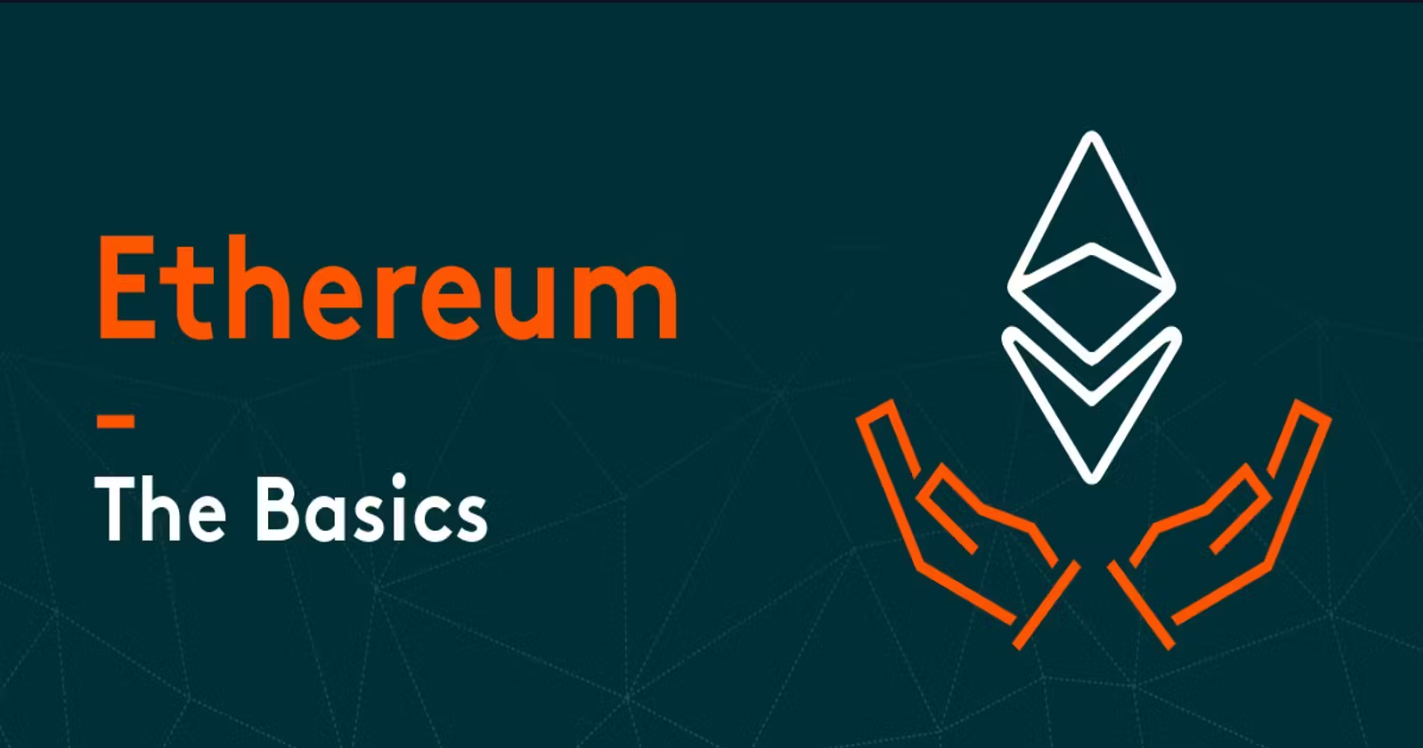Ethereum - The Basics
 Dhruv Srivastava
Dhruv Srivastava
Idea Behind Invention
Ethereum is a blockchain that hosts a notable amount of functionality for developers building solutions on Ethereum as a base. The Ethereum blockchain has a native coin known as Ether (ETH), which is used to pay for activity on the Ethereum blockchain. The Ethereum blockchain has a feature that programs in Solidity Language can be written in it. Additionally, Ethereum was created to remove third parties from global financial systems and transfer monetary control to the people instead of governments and businesses.
Features of Ethereum - Only Transactional Currency?
Ethereum provides numerous functionalities other than just crypto exchanges and cryptocurrency, some of which are listed below:
Ether: Ethereum’s cryptocurrency.
Smart contracts: Development and deployment of these types of contracts are allowed.
Ethereum Virtual Machine: It provides the underlying technology - the architecture and the software - that understands smart contracts and allows you to interact with them.
Decentralized Applications (DApps): A decentralized application is called a DApp. Ethereum allows to create consolidated applications, called Decentralized Applications.
Token Systems: Ethereum-based token systems acting as sub-currencies can potentially include another important feature that on-chain Bitcoin-based meta-currencies lack: the ability to pay transaction fees directly in that currency.
Decentralized File Storage: Ethereum contracts can allow for the development of a decentralized file storage ecosystem, where individual users can earn small quantities of money by renting out their own hard drives and unused space can be used to further drive down the costs of file storage.
Decentralized Autonomous Organizations: The general concept of a "decentralized autonomous organization" is that of a virtual entity that has a certain set of members or shareholders who have the right to spend the entity's funds and modify its code.
Crop insurance: One can easily make a financial derivatives contract using a data feed of the weather instead of any price index. This can be expanded to natural disaster insurance generally.
Why the move from BitCoin to Ethereum?
Many people generally know that Ethereum came into existence just by chance or luck without any motive behind the technology, like the real reason behind the development of new technology is unknown to many people. When we dig into the real reason behind the existence of Ethereum then we will come across the fact that BitCoin was developed majorly to focus on Transaction Management i.e. in order to make transactions all across the world more secure and trustworthy such as to replace national currencies during the financial crisis of 2008, whereas the purpose of Ethereum was to utilize blockchain technology for maintaining a decentralized payment network and storing computer code along with the creation of smart contracts in Solidity, Viper programming languages but also to facilitate and monetize the operation of the DApps, DeFi and any other blockchain solution that can be thought of. So, all these factors became the key reasons behind the existence of Ethereum as a new technology. Moreover, with the recent transition of Ethereum to a newer consensus mechanism i.e., Proof-Of-Stake (PoS) which has block creators known as validators, participants must own coins or tokens to become a validator, highly energy efficient, enhanced security through community control and here validators receive transactions fees as rewards. Whereas BitCoin uses a Proof-Of-Work consensus mechanism whereas block creators are called miners, participants must buy equipment and energy to become a miner, and miners receive block rewards. The major difference between Proof-Of-Work (PoW) and Proof-Of-Stake (PoS) is that PoW is not highly energy efficient and has robust security due to expensive upfront requirements, these were the probable reasons that caused the shift from PoW to PoS. This shift has made some of the crypto exchanges refer to it as ETH2, although “ETH 2” simply refers to the new PoS blockchain that went live as Ethereum’s main blockchain network after the merge.
Future of Ethereum - What's Next
The future of Ethereum is bright, with many exciting use cases on the horizon. Ethereum is a significant player in the crypto space, as evidenced by its market capitalization and the vast array of solutions that people have built on the Ethereum blockchain. However, the network has faced difficulty scaling, its transition over to the consensus layer, i.e. from PoW to PoS, aims to solve most of its challenges. As long as the Ethereum network keeps becoming more assertive and the team continues to develop innovative features, ETH and its investors will likely continue to grow and prosper now and in years to come. As Ethereum continues to grow and develop, it is likely to become an essential part of the future of finance.
This blog was written under Social3 Degens Program. Social3 is a go-to place for web3 jobs, internships, and opportunities! If you are looking for opportunities, find them here 👉 https://app.social3.club/jobs 🚀
Follow us on Twitter- https://twitter.com/Social3Club
Subscribe to my newsletter
Read articles from Dhruv Srivastava directly inside your inbox. Subscribe to the newsletter, and don't miss out.
Written by

Dhruv Srivastava
Dhruv Srivastava
I am a third year undergrad student at the Indian Institute of Information Technology (IIIT) Bhagalpur, pursuing B.Tech in the field of Computer Science. I am focusing to learn some extra skills along with the theoretical knowledge attained through my chosen course, so that I can implement my theoretical knowledge in a much more enhanced way with the help of the skills learned in the practical world. I have been learning Web Development in the past one year along with Blockchain. I have tried to work on some personal projects such as Personalized Online Piano and a team project HnC. My team was amongst the Top 10 Teams selected for Regional round in Smart India Hackathon (SIH) 2022 from our college. Currently I am Pupil at Codeforces (Max Rating 1234) and a 3 Star Coder at Codechef (Max Rating 1648). I have been appointed at a few other positions in my college which include Coordinator of the Blockchain Club (Hashrate), Marketing Lead (GDSC).